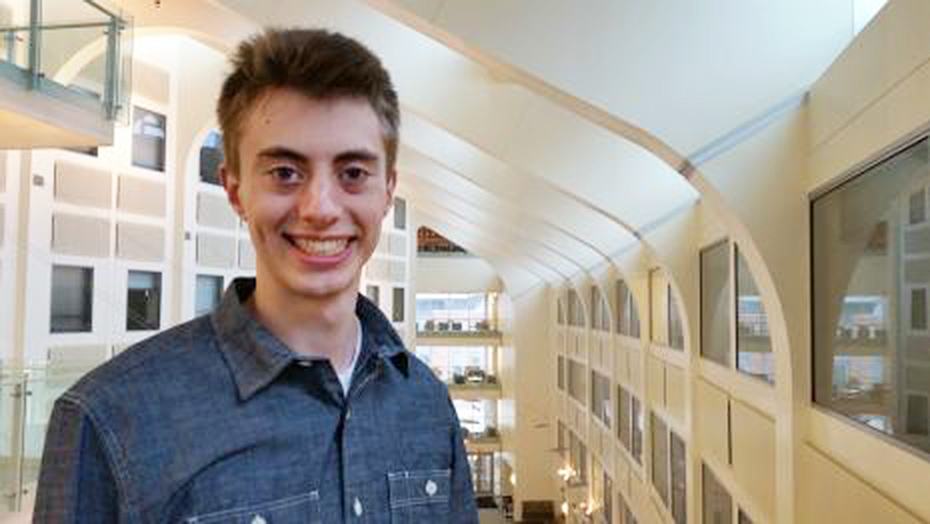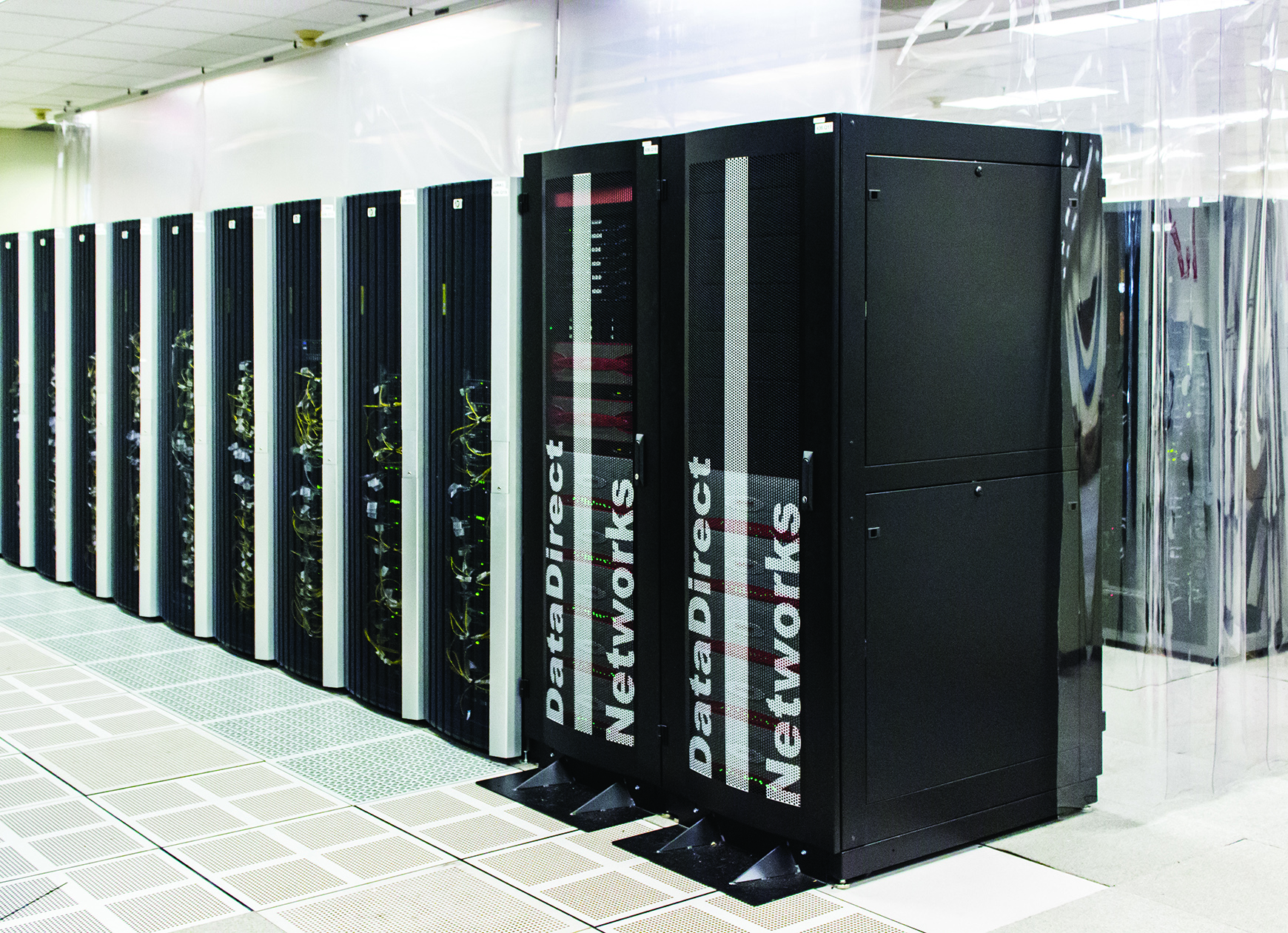In pursuit of a graduate degree next year in the United Kingdom, an Ohio State Honors student will leverage what he’s learned about using specialized processors at the Ohio Supercomputer Center (OSC) to study cutting-edge mathematical methods for analyzing large datasets.
The Winston Churchill Foundation recently awarded one of its 14 annual scholarships for study at the University of Cambridge to Jonathan Timcheck, a graduating senior in engineering physics at The Ohio State University. The awards are given to “graduating seniors and recent graduates demonstrating exceptional academic talent, outstanding personal qualities, and a capacity to contribute to the advancement of knowledge in the sciences, engineering, or mathematics.”

Timcheck studies the proton-proton collisions of the European Organization for Nuclear Research’s Large Hadron Collider as a member of the Ohio State Compact Muon Solenoid (CMS) group. He has been leveraging Graphic Processing Units, or GPUs, on OSC’s Oakley Cluster to train Deep Convolutional Neural Networks, computational models inspired by the part of the brain responsible for processing visual information. Timcheck uses these networks to sort through vast amounts of simulated detector data in order to find interesting phenomena.
“I often train several DCNNs at once, one per node, to explore the space of DCNN variations and their associated performances; this aspect enables me to move forward quickly,” Timcheck said. “Recently, I started using OSC’s Lustre filesystem to train on larger datasets.”
OSC’s HP Oakley Cluster employs more than 8,300 Intel Xeon processors. With acceleration from 128 NVIDIA Tesla GPUs, the system can achieve a total peak performance of just over 154 teraflops, tech-speak for performing 154 trillion operations per second.

Timcheck spent a summer in Germany conducting research on GPUs through the German Academic Exchange Service’s (DAAD) Research Internships in Science and Engineering program. As a freshman, he began conducting high energy physics research, analyzing proton-proton collisions. Timcheck was named a Goldwater Scholar in 2013 as a sophomore, after his team’s contribution to the search for the Higgs boson (an elusive particle that gives objects mass and whose existence was confirmed in 2012) was published in the Journal of High Energy Physics, making him one of very few undergraduate authors on any publication involving the CMS experiment.
“Jon’s recent work on applying modern image processing techniques to high energy physics studies is truly groundbreaking, with the potential for dramatic improvements to both data analysis as well as data collection,” said Richard Hughes, Ph.D., a professor of physics at Ohio State and Timcheck’s research advisor.
Hailing from Pittsburgh, Pa., Timcheck’s career goal is to apply state-of-the-art machine learning techniques to experimental high energy physics. At Cambridge, he hopes to enhance his quantitative skills as a physicist as he pursues a master’s degree in applied mathematics. He also will take courses in quantum field theory, symmetries, fields and particles, and the Standard Model.
Following his studies in the U.K., Timcheck plans to return to the United States to begin a doctoral program in physics. His ultimate goal is to become a professor at a major university, teaching students and developing data analysis techniques to study fundamental particle interactions in particle accelerator experiments.
Brian Winer, Ph.D., a professor of physics at Ohio State and Timcheck’s other research advisor, was thrilled with the news. “It is an excellent opportunity for Jon to further hone his mathematical skills,” he said. “The year at Cambridge, as a Churchill Scholar, is a significant stepping stone toward his future intellectual pursuits, including earning a Ph.D. in physics.”
Timcheck is actively engaged in tutoring and encouraging children from underrepresented and underserved communities to study science and engineering.